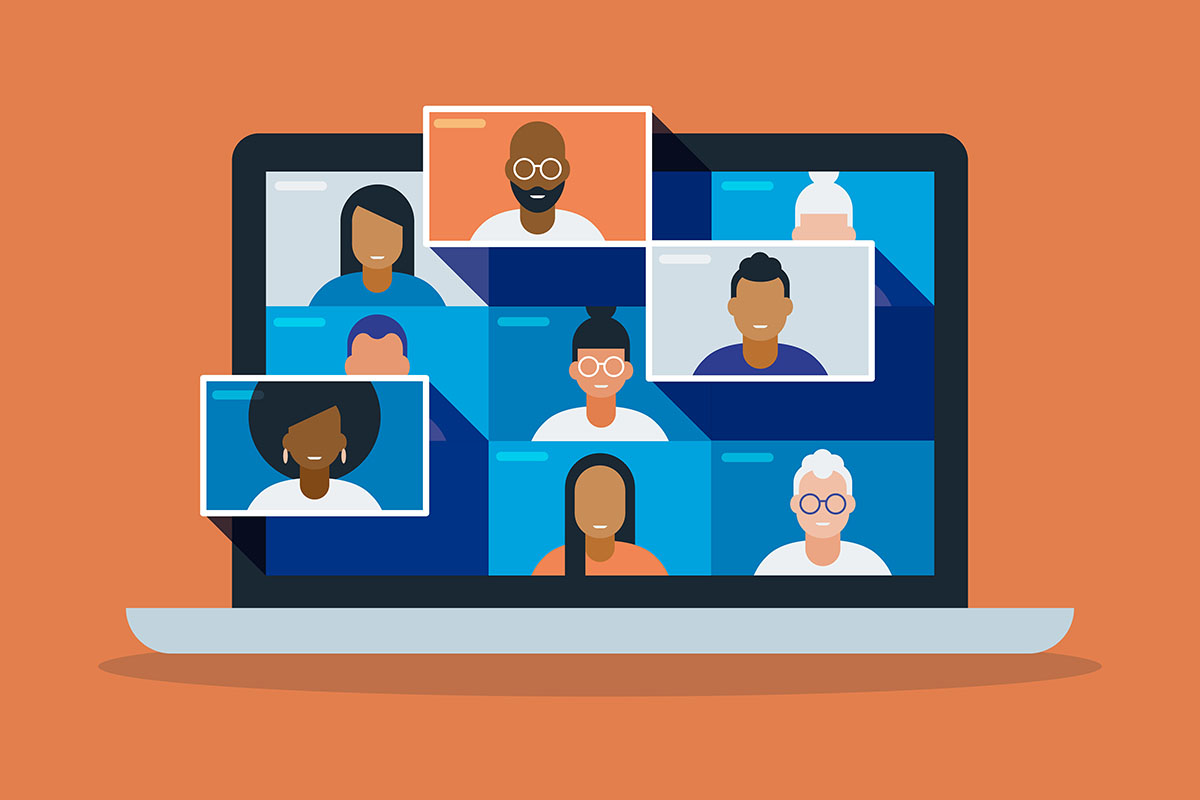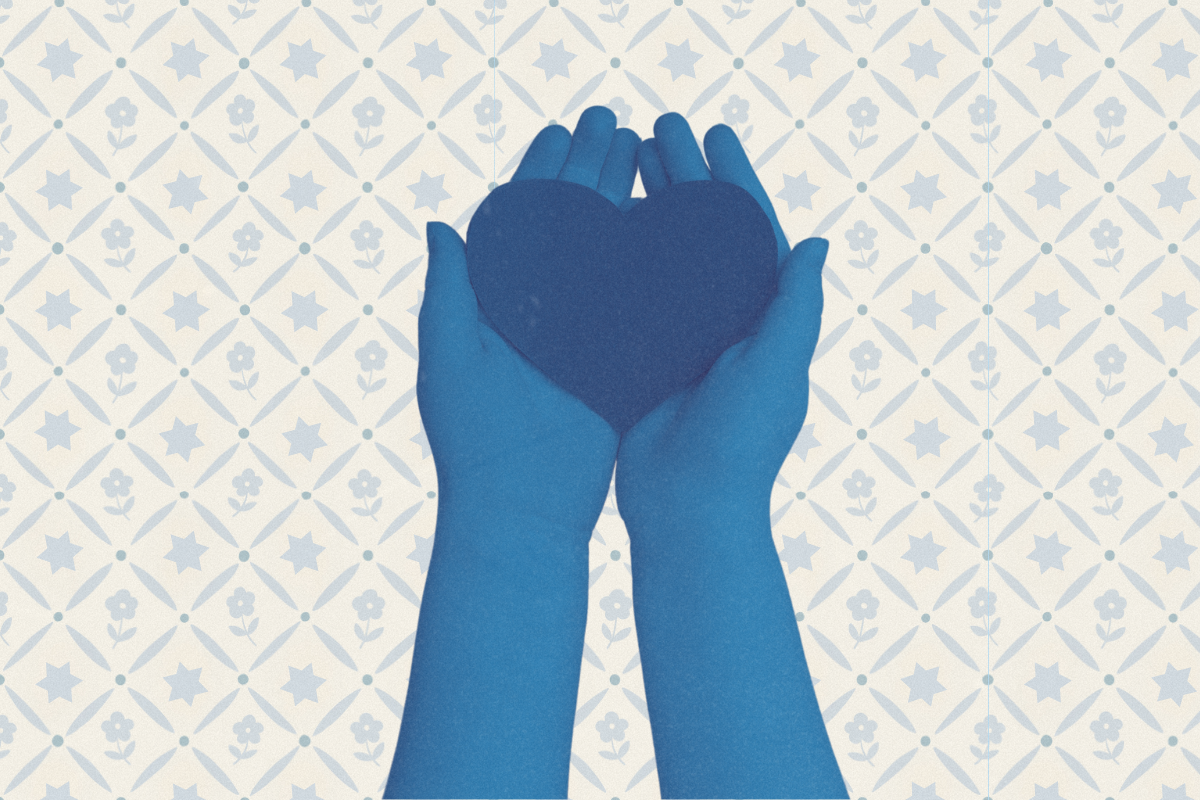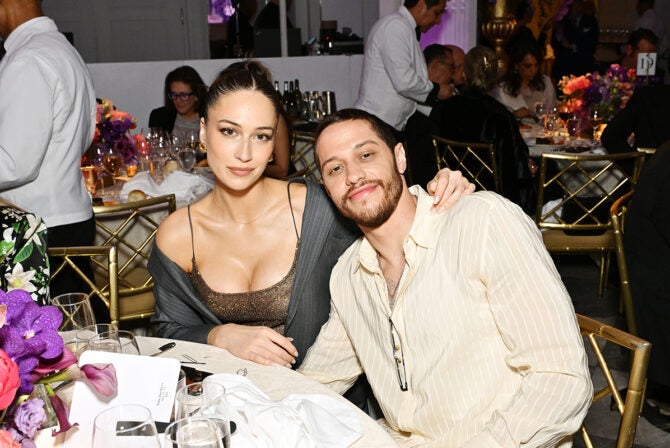With 46% of Americans fully vaccinated, trials for children under 12 in progress, and a population eager to put the last year and a half in the rear-view mirror, it’s no surprise that the cultural timeline for “returning to normal” — if “normal“ even exists anymore — has accelerated. Restaurant gatherings with friends are back on the table (no pun intended), in-person weddings are filling calendars, and the number of people wearing masks seems to be dwindling by the day. Summer camps are reopening, to the relief of parents and kids everywhere. Many offices are going back to an expectation of at least some if not full in-person work, to relative degrees of success.
And yet, the emotional conversation around reopening remains complicated. The delight in buying those first post-pandemic tickets to a Broadway show; the tears of families getting to meet infants born during the pandemic for the first time; the joyful reunions of long-distance partners separated by international borders — all of these are precious sparks of wonder after months of horrible loss. But there’s discomfort, too. Even for people with no history of anxiety prior to Covid, many are facing new trepidations over the easing of pandemic restrictions and the shift away from the precautions we’ve gotten used to.
What’s more, for many people with preexisting health conditions — myself included — the conversation about reopening can be a painful one. What’s now a socially-normalized healthy caution around public transportation, crowded rooms, and long commutes is exacerbated by the fear that, as the world prioritizes physical, in-person reopenings, people with disabilities will be left behind. Again.
The lockdowns and restrictions of the Covid pandemic gave many able-bodied people their first taste of some of what disabled people deal with every day. “Throughout the pandemic, [disabled people] watched non-disabled people forced to cope with restrictions, adjustments and practices that many disabled people have always had to live with,” disability writer Andrew D. Pulrang wrote for Forbes. “… lots of us have always had to work twice as hard to shop for groceries, get to doctor’s appointments, or socialize with friends.”
Many disabled people approached this unprecedented societal shift with empathy — extending support and resources to the able-bodied world. Kaalyn M, a disability justice activist, recently shared a lengthy list of what disabled people were able to offer the world during Covid, including coping strategies for managing anxiety, grief, depression, and how to have hard conversations about death and dying while in isolation.
But now, a lot of us are worried that, as society reopens, that empathy isn’t going both ways.
Like many other people with chronic health conditions, my experience of the pandemic was complicated. At the onset of Covid, I had a new baby and an incredible anxiety about returning to a full-time, in-person job, and when I was told that I didn’t need to return to the office at the end of my parental leave because everyone had gone remote, my first feeling was that of absolute relief. Without a long commute every day, I found that, even with the added complication of an infant, I actually had more energy. Plus, I no longer caught every single cold anyone ever brought into the office, so in many ways, I was healthier over the course of the pandemic than I was for many of the years before it. People defaulted to socializing online, which meant I didn’t have to navigate “saving the spoons” for even longer days, more exposure to crowds, and the lack of certainty about the accessibility of whatever we were attending.
But like so many others in my position, there was frustration, too. Why were so many of these pandemic adjustments — flexible schedules to manage family and health needs; remote work and learning; streaming access to Jewish services and events; virtual offerings from museums and cultural centers — suddenly possible now that able-bodied people needed them, when people with disabilities have been told for years that they simply couldn’t be done? Why did it take a global pandemic and a devastating loss of life for the world to realize what kinds of accessibility are possible?
And even more frustrating: What’s going to happen now that able-bodied people don’t need these accommodations anymore? The answer seems to be that, in many cases, they’re disappearing. And if they stay, there will be hurdles to get over in order to keep them as the default returns to what’s possible for the able-bodied world.
The Jewish world is no stranger to these challenges and conversations. Some places in the Jewish community were well-set up to adjust to the pandemic — many synagogues have been live-streaming services for years. Sarah, a member of a large synagogue in Syracuse, New York, said that her synagogue is planning to keep a “hybrid” model for services, discussions and classes, as well as shiva minyans, even though the physical space has largely reopened. “We’ve been hearing from a lot of older members that this is good for them,” she said. “We’re trying to be deliberate about staying hybrid so that those who want and are able to be can be in person, and those who can’t or don’t want to can still participate.”
For others, the drive to return to in-person life is forcing disabled people to wrestle with their place in their communities. My own learning institution has defaulted back to in-person learning, with remote learners — some with disabilities, some remote simply due to distance — now pushing back at the sudden reduction in learning opportunities available, despite the expectation that remote learners continue paying the same course fees as in-person learners.
“There was that tiny glimmer of hope that when things went back to normal, the institution would see the beautiful array of disability pathways they could offer as a way to expand our community,” a disabled Jewish seminary student from another school told me, asking to remain anonymous. Her school is fully reopening in the fall with an expectation of in-person course work and internships, and students needing disability accommodations to remain remote must go through an approval process. “Instead, I’m watching my peers rush back with excitement to their in-person classes while I’m left with a sense of grief, and the responsibility to figure out how my professors can ‘fit me in’ to their otherwise in-person classes.”
Much has been written on the idea of inclusion as a Jewish value. In an article for the Times of Israel Blog, Rabbi Dov Linzer recounts the exclusion of “ritually impure” community members (for example, those who had been caring for the dead) from making a sacrifice on the eve of Passover, and the voicing of their frustration to Moses. “Why, they were saying, are we being pushed out of the community? … By telling us that we cannot bring this sacrifice, you are telling us — whether you intended or not, whether you are doing it actively or not — that we are not ‘part of the rest of the Israelites.'” Rabbi Linzer cites this as an allegory for the inclusion of people with disabilities in the Jewish community: When we fail to actively create pathways to inclusion, we’re creating inaccessible spaces, rituals and communities.
This is the conversation that disabled people are having all over the world — with workplaces, with schools, with houses of worship, with friends and family. Whether exclusion is intentional — or simply a byproduct of the assumption that certain systems are simply “better” — the impact is the same: disabled people like myself feel that they are not a full part of the community, and that “membership” is a privilege conveyed on those who are able to physically show up to access it. As someone whose disability brought me a connection to Judaism that I never had before, it’s painful to not just feel like my community no longer has space for me.
“I don’t want to be part of a Jewish community that’s based around convenience,” the seminary student told me. “If your doors are only open to the people who can make it to your building and your event spaces, then you’re not an inclusive community.”
Disabled people like me want the same things as our able-bodied friends and family and co-workers as the world reopens. We want to safely reconnect with the people we love. We want to engage in meaningful work. We want to be part of the communities that we value.
All we ask is that you don’t leave us behind.
Header image by RLT_Images/Getty Images








